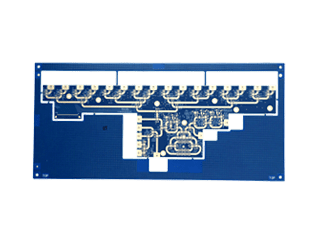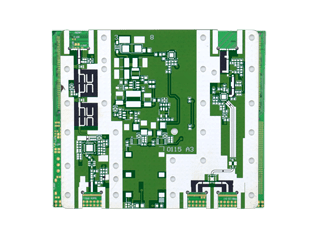10-layer high-frequency mixed-pressure HDI first-order PCB
**Product Details**
The 10-layer high-frequency hybrid HDI first stage is developed and produced by Shenzhen Jianxiangsheng Technology Co., Ltd. as part of their high-frequency and high-speed series of circuit boards.
This circuit board is made using RO4350BFR-4 hybrid high-quality substrate through processes such as laser drilling and surface gold plating.
The main technical features and challenges of this 10-layer high-frequency hybrid HDI first stage include advanced multilayer designs widely used in the field of industrial internet control. High-frequency PCB hybrid HDI (High-Density Interconnector) technology refers to an advanced PCB manufacturing technique that uses multiple stacking and micro-via technology to achieve high-density interconnection. This technology provides more interconnection points within limited space, meeting the growing demands for miniaturization and diverse functionality of electronic products.
Specifically, high-frequency PCB hybrid HDI technology has the following characteristics:
**Micro-Via Technology**: HDI technology employs tiny micro-vias to connect different layers of the PCB, significantly reducing the area occupied by traditional vias and increasing wiring density.
**Multilayer Stacking**: By precisely stacking multilayer PCB boards together and using specialized pressing techniques, higher levels of circuit interconnection can be achieved, improving space utilization.
**High-Frequency Characteristics**: As HDI technology allows for smaller feature sizes, it better controls signal propagation paths, reducing signal loss and interference, making it suitable for high-frequency signal transmission.
**High Thermal Conductivity**: With the increasing power density of electronic devices, HDI technology can assist in heat dissipation by selecting materials with good thermal conductivity, enhancing overall system stability and reliability.
**Mechanical Strength**: Despite the high wiring density of HDI boards, proper structural design can still ensure the mechanical strength and durability of the PCB.



